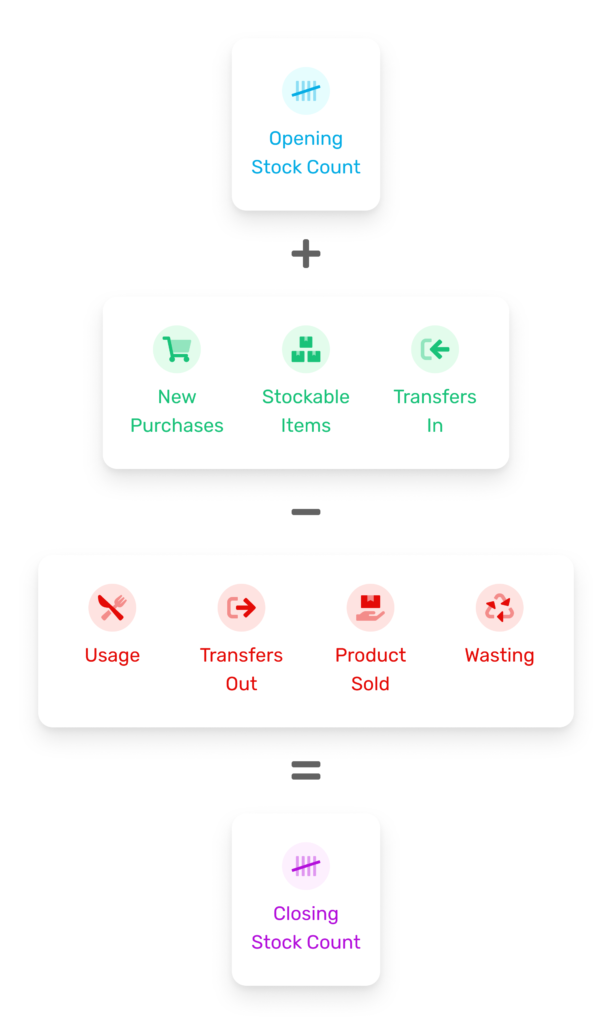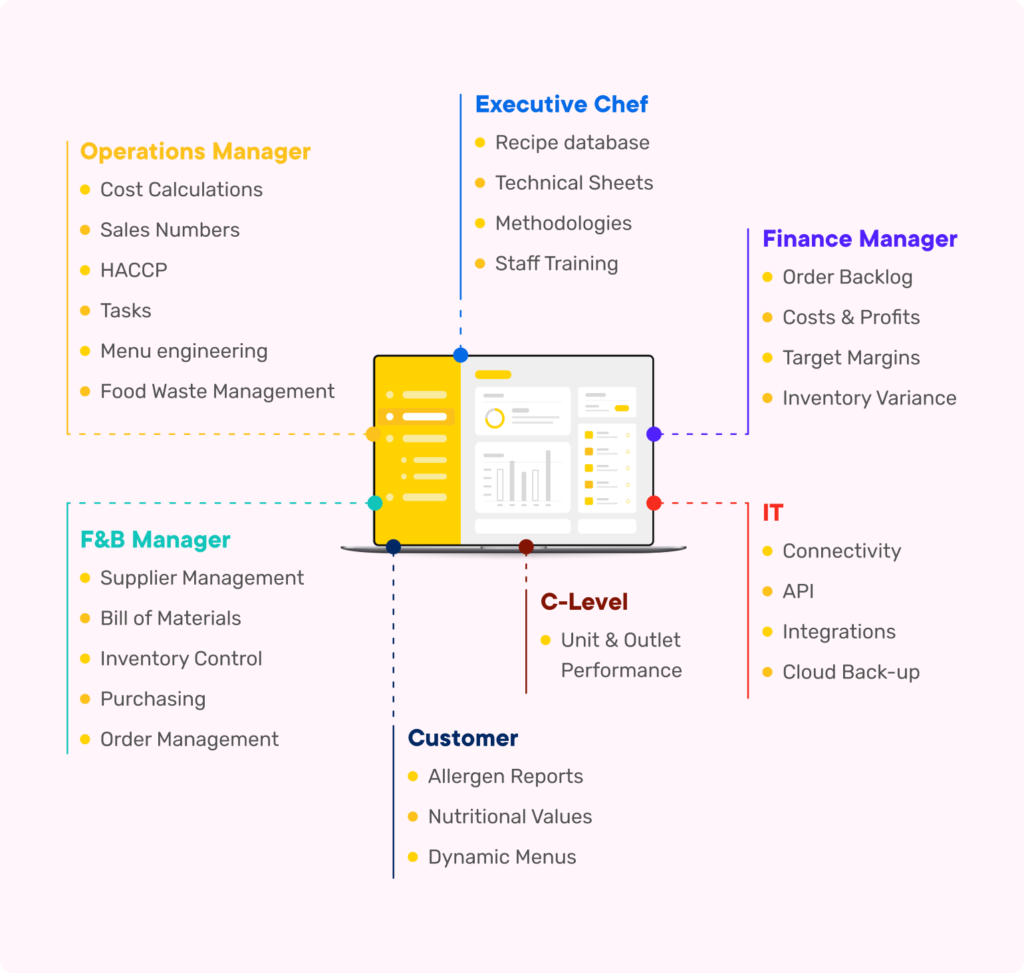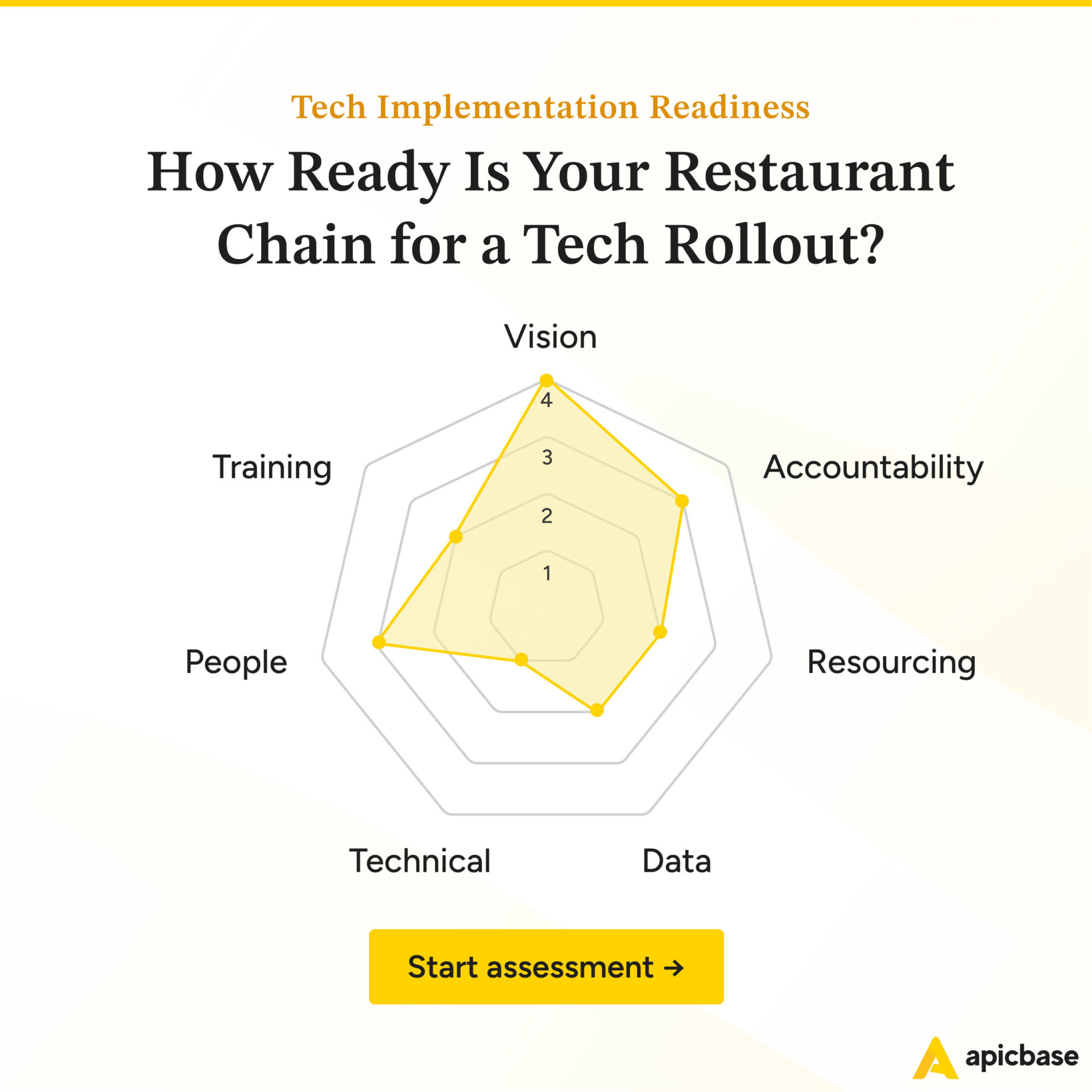Keeping tabs on food costs is essential for hotel profitability.
Obviously, you say? Sure, the maths are easy: revenue – CoGS = bottom line.
But if you’ve ever been in the trenches of hotel F&B, you know this simple calculation, in reality, equals bloody guerrilla warfare against rising food cost percentages.
In this post, I’ll show you how a dedicated back of house platform — coupled with a sharp focus on your hotel’s inventory management & purchasing practices — will help you meet your food cost issues head-on.
And you will need that sharp focus because our opponent is a multi-headed beast.
F&B is the second most important revenue centre in hospitality. Still, the related costs are difficult to track (lots of many moving parts), making it difficult for employees to meet their targets when overseeing hotel procurement.
Add supply chain issues, surging food prices and difficulties monitoring back of house activities (and staff) to that, and you understand why food cost percentage (and, staying in control of complex kitchen processes like procurement, inventory management and production) puts F&B professionals in the hotel industry in a difficult starting position.
Especially if they are sent to battle armed with pen and paper.
FYI, if you are still juggling Excel spreadsheets, know that restaurant inventory management software automates all of the above, no matter how many food outlets you run in your hotels.
At the touch of a button, the software will take care of your bill-of-materials, purchase orders and all the numbers crunching. Plus, it will provide you with actionable insights into your operations—like identifying who keeps ordering too many eggs for the breakfast buffet.
After reading this, you’ll walk away knowing:
- why the make-it-or-break-it of your F&B operation depends on the first step of your inventory process (& how to make sure that you always get that right);
- how to optimise your hotel’s F&B purchasing so that you’re only ordering what you need, when you need it (& with the right quality for the right price);
- how hotel F&B managers (just like yourself) are benefiting from a single-source-of-truth platform that lets them control and minimise food costs across their F&B operations.
What do you say — ready to kick those rising food costs to the curb?
Recommended reading: How Hotels are Benefiting from a Single Source of Truth for F&B Management
Let’s dig into it.
Smart Hotel F&B Managers Know Their Inventory Inside Out…
… because, if they don’t, they end up bleeding money.
Let me paint a picture for you:
Your average US-based restaurant has a food waste cost tag of approximately $ 41,000 per year. That translates to $ 112 of waste every day.
Additionally, restaurant employees steal around $33,000-worth of goods annually from a single restaurant. That’s around $ 90/day.
When we simplify the math a bit, we get that waste + pilferage = $ 200 per restaurant/day.
Now, when your overarching goal is to keep your food costs to a minimum — and you have dozens of F&B locations to your name as a hotel chain F&B manager — can you afford to lose thousands of euros/pounds/dollars per day to waste and pilferage?
You can’t. And more importantly, why would you? These are, after all, avoidable costs.
These ‘hidden’ costs eat into your profit margin so thoroughly that they can leave you operating in the red, especially during the low season.
This is where a robust hotel F&B inventory control and management system comes into play. Here’s how you should set it up to plug those waste and pilferage holes:
- Accurate counts — make sure that your opening stock counts are right from the get-go. This way, you won’t be carrying over mistakes from months ago and working with faulty data. (Grab our stock count template here)
- Scalable stocktaking procedures — write down ALL the steps of your stocktaking procedure. When is the stock taken? How? Where is it recorded? How many people are involved in the process? Who needs to have access to the data? Follow this to the letter.
- Employee education and training — test out your new system at one location. Ask for employee feedback, implement it, and test again. Once you iron out the kinks, introduce it operation-wide. Carve out training time for all locations/employees.
- Daily records of all inventory actions — record every inventory action your staff makes (purchases, stock created in, transfers, breakage…). This way, you have an at-a-glance overview of inventory at every location (without doing daily counts)
- Regular inventory spot checks — use these two calculations – inventory turnover ratio (ITR) and days’ sales in inventory (DSI) – to get a sense of the overall health of your inventory. Your ITR should be between 4 and 8 — anything under or over means you need to fine-tune your purchasing.
- Action based on inventory insights — use your inventory data to make better business decisions. Once you know where waste occurs in your inventory/prep/ or plating processes, you can up your food waste management game to plug the holes.

Here’s a great insight from our e-book below: if you commit to weekly inventory counts at all the F&B locations in your hotel operation, you can add up to 10% to your bottom line. We’re talking about thousands to tens of thousands every week here, depending on the size of your business. And those savings will only grow as you fine-tune your entire process.
If that sounds good, tap the link below to read our ultimate guide to inventory management👇
Recommended reading: F&B Inventory Management & Control for Hotels & Restaurants
Profitable Hotels Run a Tight F&B Purchasing Ship
The procurement process in the hospitality industry offers a lot of opportunities for optimisation and savings.
Still, a lot of hotel F&B managers treat it as an afterthought, which results in a myriad of costly procurement mistakes. Things like non-centralised ordering that fails to take advantage of large volumes. Or not having a bidding system to find the best vendors. Or vague purchasing forms that result in delivery and receiving mistakes.
Take a close look at your hotel’s purchasing cycle, and if there are any ambiguities or holes in it, redesign it so that it follows the industry best practices listed below:
- Write down your hotel procurement policies & procedures — outline how you tackle your purchasing and why you do it that way. Create clarity around procedures so that everyone can follow them.
- Purchase to meet the overall demand — here’s where all your inventory efforts pay off. Once you get your storerooms in order — and you set ingredient par levels for each item — you’ll know exactly when to order something so that it doesn’t go to waste.
- Contract with vendors that are a right fit for you — test and score your vendors on quality, price, and delivery. Stick with the ones that are right for you (f.e. no need to have the best quality – just quality that’s right for your recipes). Aim to have 2-3 vendors for your main categories (meat, dairy, and produce), and a handful of speciality vendors.
- Codify & standardise your order forms — create detailed order forms that let you check the quantity, quality, package sizes, and prices.
- Pay attention to receiving and storage — don’t let faulty deliveries slip under your radar. Choose a receiving clerk for all your delivery locations. They’ll check all deliveries against the order form and return items that are not up to snuff.
- Verify all invoices and payments — coordinate with your accounting department to double-check all invoices and payments regularly.
To find out how to bring your A-game to hotel F&B procurement, tap the link below and read our ultimate guide on that very same topic.
Manage Your Hotel’s F&B Inventory & Purchasing With Ease
I know, I know…
Reading through the lists and figuring out what you need to do to get your inventory and purchasing looks like A LOT of work, doesn’t it?
That’s because it is.
Still, it’s what you need to do if you want your hotel’s restaurants and coffee-corners to turn a profitable corner.
I’ll let you in on a secret, though — there’s a way to do all this more easily…
- without spending your days and nights buried in calculations and analyses;
- without wrangling confusing spreadsheets into submission;
- without having to call dozens of people every week just to get ‘best guess’ numbers.
And you’ll get there building your single source of truth — an insight-driven BoH platform. It will help you remove all the guesswork out of the equation; get a vice-like grip on your inventory, and start planning your purchasing accurately and quickly.

To top it all off, you’ll have a system in place that facilitates communication and data-sharing. This will ensure that all your departments are in sync when it comes to anything related to the food and beverage management of your hotels.

Stay in Control of Your Hotel Kitchens
There is a more efficient way to manage F&B in hotel groups than with Excel spreadsheets.
With F&B Management Software you and your teams get a 360°-view of menus, procurement, inventories and KPIs.



